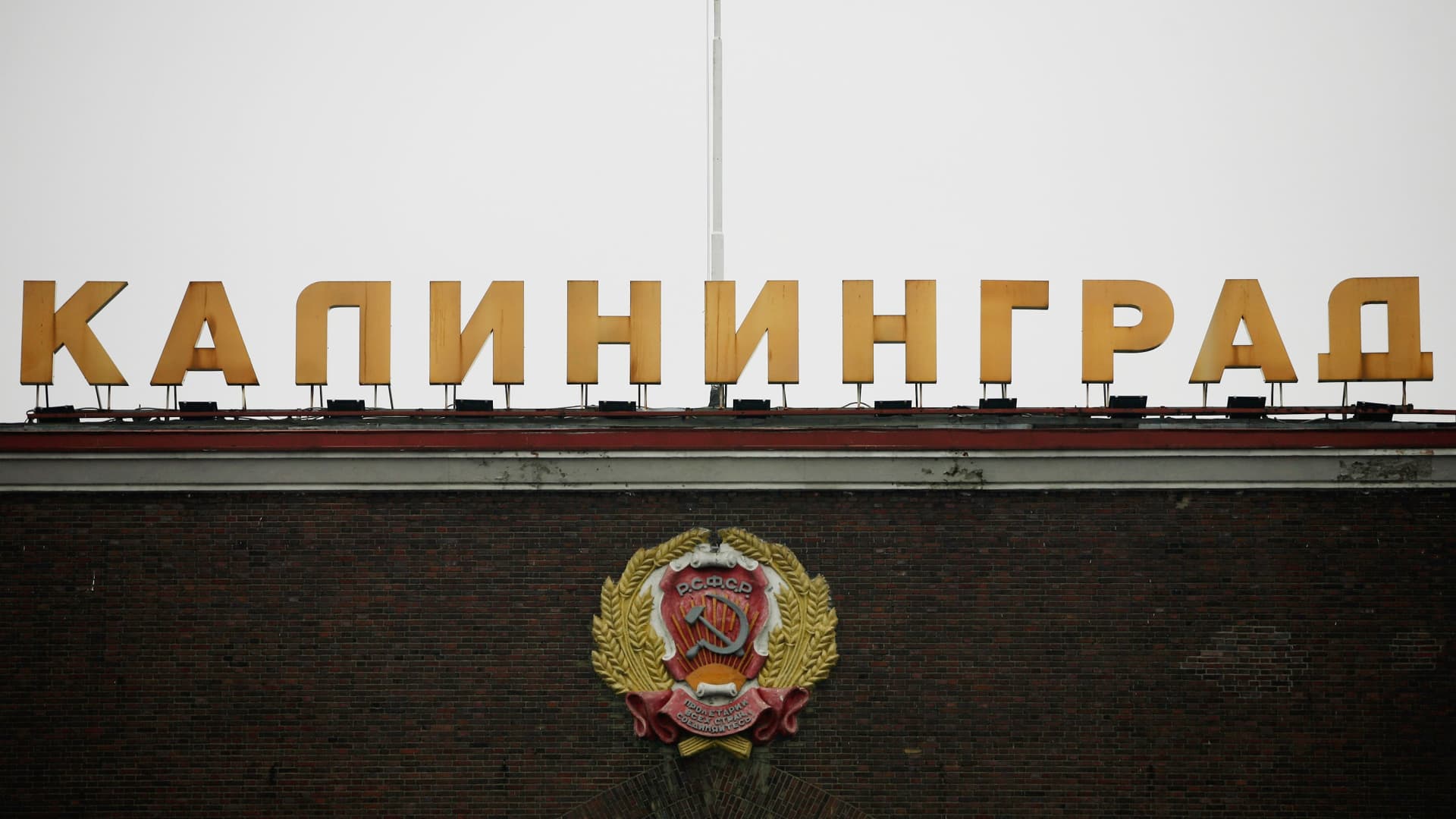UK inflation hits new 40-year high of 10.1% as food and energy price surge continues


LONDON — U.K. inflation rose to another 40-year high in July as spiraling food and energy prices continued to intensify the country’s historic squeeze on households.
The consumer price index rose 10.1% annually, according to estimates published by the Office for National Statistics on Wednesday, above a Reuters consensus forecast of 9.8% and up from 9.4% in June.
Core inflation, which excludes energy, food, alcohol and tobacco, came in at 6.2% in the year to July 2022, rising from 5.8% in June and ahead of projections of 5.9%.
British 2-year Gilt yields surged on Wednesday morning after the release, adding more than 26 basis points to reach 2.41%, their highest point since November 2008.
Rising food prices made the largest upward contribution to annual inflation rates between June and July, the ONS said in its report.
“Supermarkets have had little choice but to pass on price increases from suppliers, themselves contending with unprecedented inflation in raw material and ingredient input costs,” said Kien Tan, director of retail strategy at PwC.
“This has been particularly acute in labour and utility intensive categories like dairy, with reports of the price of a pint of milk having more than doubled in some stores since the start of the year.”
The ONS repeated that its indicative modelled consumer price inflation estimates “suggest that the CPI rate would last have been higher around 1982, where estimates range from nearly 11% in January down to approximately 6.5% in December.”
The Bank of England has implemented six consecutive hikes to interest rates as it looks to rein in inflation, and earlier this month launched its largest single increase since 1995 while projecting that the U.K. will enter its longest recession since the global financial crisis in the fourth quarter of the year.
The Bank expects inflation to top out at 13.3% in October. Conservative Party leadership candidates Liz Truss and Rishi Sunak, one of whom will succeed Boris Johnson as prime minister on Sept. 5 after a poll of party members, are under increasing pressure to offer radical solutions to the country’s historic cost-of-living crisis.
The latest forecasts suggest the U.K.’s energy price cap could rise to £4,266 ($5,170) annually early next year from its current £1,971, with many households already choosing between heating and eating. The cap is expected to rise to more than £3,000 in October following the next review.
Real wages in the U.K. fell by an annual 3% in the second quarter of 2022, according to ONS data published Tuesday, the sharpest decline on record.
Despite average pay excluding bonuses increasing by 4.7%, the cost of living is far outpacing wage growth and squeezing household incomes.
“Today’s inflation figures serve as a further reminder to many UK households that they are facing a period of considerable financial hardship,” said Dan Howe, head of investment trusts at Janus Henderson.
“Consumers are already grappling with rising energy costs and surging household prices, all compounded by a lack of decisive action at the political level. Amid talks of strikes and energy blackouts, there is no doubt that tough decisions lie ahead of U.K. families.”
Richard Carter, head of fixed interest research at Quilter Cheviot, predicted that the Bank of England will likely respond at its next monetary policy meeting with yet another 50 basis point interest rate hike in a bid to combat inflation, and said there is no doubt that the cost-of-living crisis is going to get worse before it gets better.
“As such, there will no doubt be a lot of pressure on the next Prime Minister to help soften the blow and the Bank of England will continue to have a very difficult job on its hands,” he added.
This post has been syndicated from a third-party source. View the original article here.




